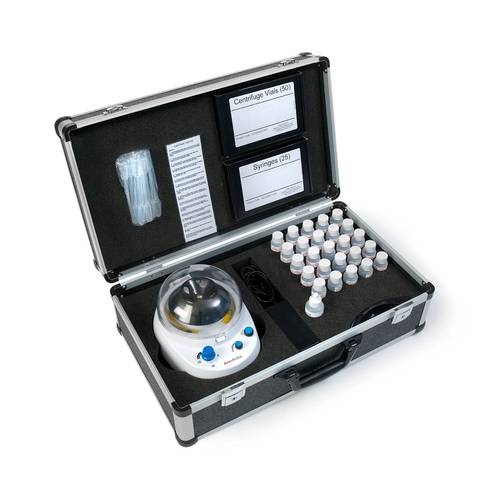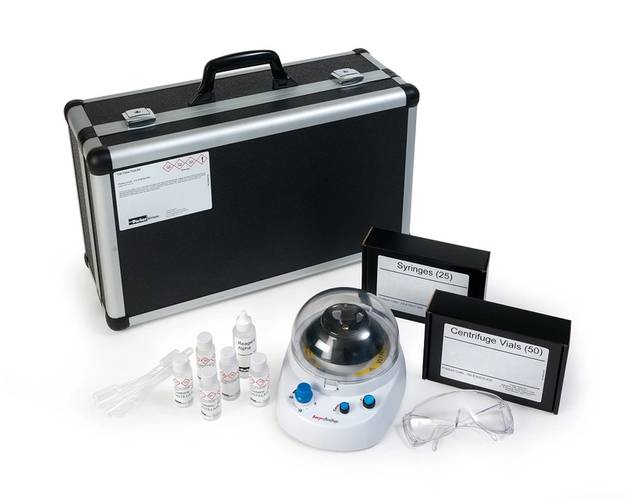New Test Kit Detects Cat Fines Onboard
Test kit detects catalytic fines to help prevent irreparable damage to fuel pumps, injectors, piston rings and liners
A new Cat Fines Test Kit has been launched by asset control and protection technology provider Parker Kittiwake. The onboard test identifies the presence of abrasive silicon and aluminum catalytic fines, which can become embedded into engine components and cause abrasive wear, causing irreversible damage to a vessel’s fuel system if left undetected.
When fuel is stored for extended periods of time, cat fines – leftovers from the refinery cracking process – settle out of the fuel and build up as sediment in storage tanks. If the tanks are not drained regularly, this sludge can enter the fuel system and cause damage to fuel pumps, injectors, piston rings and liners.
The detection of cat fines in fuel oil was previously only possible by obtaining a fuel sample, which is then sent for laboratory analysis, according to Parker Kittiwake. The new test kit now provides results onboard and in a matter of minutes, providing ship owners with an accurate picture of the level of corrosive elements present almost instantly, potentially preventing critical damage before it occurs, the manufacturer said.
The Cat Fines Test Kit is a chemical bottle test which determines the level of cat fines present in a representative sample of fuel oil, allowing the operator to identify the ingress of abrasive and potentially damaging components in the fuel oil before it enters the system. The test kit can be used in conjunction with both laboratory testing and a range of other onboard condition monitoring tools, ensuring that operators have reliable and accurate data readily to safeguard against potentially catastrophic damage.
Earlier this year, fuel testing and inspection company Veritas Petroleum Services raised concerns that even when the ignition and combustion characteristics of a fuel have tested well and no chemical contaminant has been observed, cat fines can still remain undetected in the fuel and consequently enter the system, causing a total loss of propulsion. In parallel, underwriters are increasingly insistent on enforcing compliance with the guidance they issue on reducing the risk of cat fines, which means that owners who do not take sufficient steps to reduce their exposure to this hazard will find their claims much less likely to succeed.
Larry Rumbol, condition monitoring market development manager, Parker Kittiwake explained, “As more emission control areas (ECAs) come into operation, there are growing concerns around fuel quality and the number of engine wear situations related to cat fines are increasing. Research has shown that even small cat fines particles of below 10 micron contribute to wear, and we also know that high wear cases had bunkered fuel oil within the limits of the ISO 8217:2005 specification, which dictates a maximum of 60 ppm. This is why cat fines are causing such problems for shipowners.”
He continued, “The use of non-ISO compliant fuel, faulty fuel purifiers, or rough weather kicking up fines from the bottom of the settling tanks are all capable of introducing these particles into the fuel system. The Parker Kittiwake Cat Fines Test Kit provides an accurate and easy-to-use forewarning of these destructive particles and give a vessel’s crew maximum opportunity to take corrective steps.”














